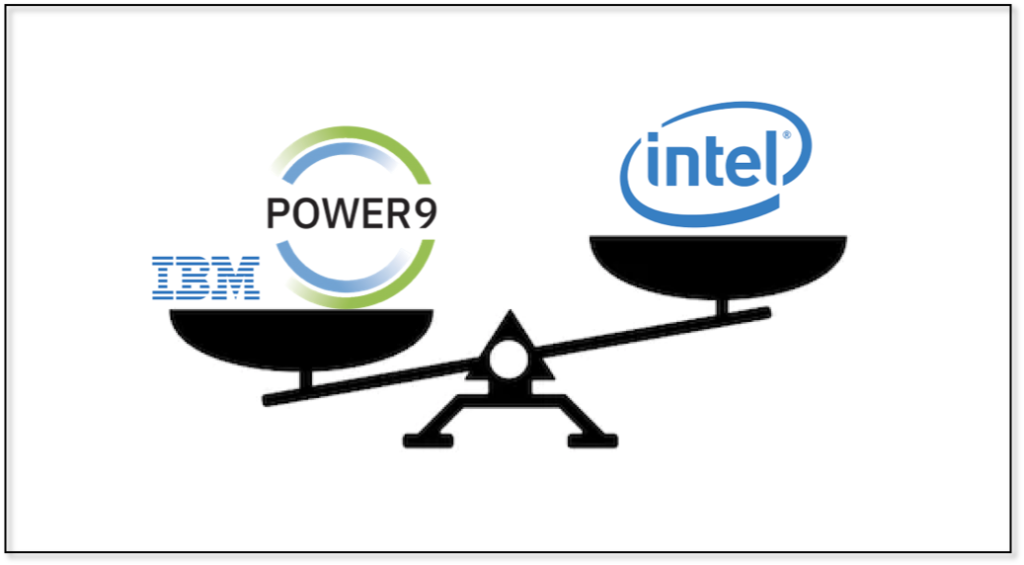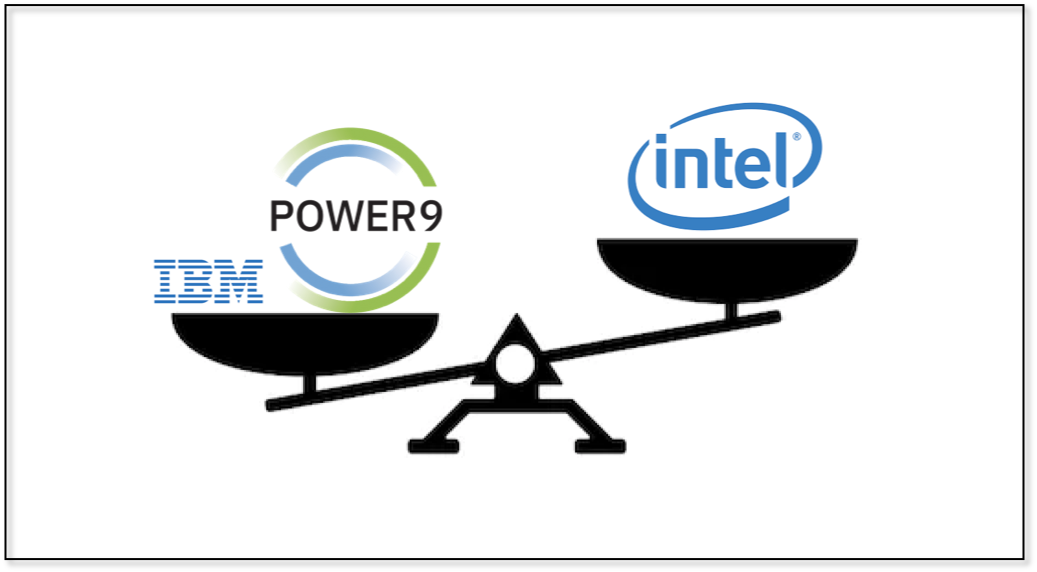“Let’s buy new, spend more & get less!” said no one ever yet.. :)
Who in their right mind buys the slower model? Nobody buys a tablet, laptop, vehicle or anything which they know will be underperforming vs alternatives.
Anyone who bought your last vehicle, did you set out to purposely buy that vehicle for it to underperform your current vehicle? Less fuel economy, decreased reliability, and slower acceleration? Likewise, when looking at different manufacturers and their models, would you seek a model that underperforms?
No, this isn’t what any of us expect !!
So to do when deciding IT Infra for SAP HANA..
Benchmark Observations
As I look over the SAP SD benchmark results for Intel models ranging from 2 sockets – 4 sockets – 8 sockets and 16 sockets vs IBM POWER9 SAP results, I can’t help but have to make some observations like the one above for vehicles!

Tale of Two Platforms
Generally, Intel processor deliver less performance on systems between 2%-40% with more sockets as against IBM POWER9 processor having increased performance by 2.5% on 2 socket – 4 socket, essentially flat on 4 socket – 8 socket and 4% decrease in per-core performance from 8 socket – 16 socket model.
Looking only at the Intel results, there is obvious pressure on the scalability for their servers as they scale from 2, 4, 8 and 16 sockets. This isn’t unique to any specifics by the way as every Intel vendors results which I looked at exhibited similar results, though my analysis was not exhaustive. Then, if we look at the IBM POWER9 results, they show near-linear scaling regardless of the number of sockets. OMG! The SAPS per core performance is what I call the ‘foot-race’ results. IBM POWER9 outperforms the other HANA alternatives, anywhere from 220% to 356% per core on systems with the same # of sockets.
S is for Scaling
Of course, POWER9 cores offer SMT8, which is 8 threads per core of parallel and simultaneous execution. SMT is configurable by VM and not the entire server as is the case with alternative systems. For POWER9 VM’s using 96 cores or less, SMT8 is supported. For POWER9 VM’s with more than 96 cores, SAP requires SMT-4 be used. (SAP Note: 2188482). This means a 2 socket 24 core POWER9 server or VM would deliver 192 threads while a 96 core VM would deliver 768 threads. SAP HANA loves threads. The more available, the greater the potential for increased throughput and performance.
Does the system limitation make the architecture “Horrible” ?
Regarding Intel systems and threading. Intel’s threading technology is called hyperthreading. It only provides 2 threads per core if enabled. When disabled, there is 1 thread per core. SAP Notes 2100040 & 2711650 state hyperthreading should be disabled for systems with more than 8 sockets. Regarding any size system and hyperthreading, SAP’s position is to go with what each system manufacturer suggests. They have an opinion and recommendation on virtually every aspect of the SAP platform but with this one hot-button issue, they are choosing to pass the buck. For systems using virtualization on Intel systems. VMware in SAP Note 2393917 and VMware KB 55806, they recommend hyperthreading be disabled where the number of vCPU’s match the number of physical cores in the server. Red Hat Virtualization 4.2 states explicitly that hyper-threading must be disabled in SAP Note 2852117. It goes on to say that you should increase the capacity or sizing of the server to compensate for the loss of disabling hyperthreading. Maybe this bumps you from 4 to 8 sockets, who knows.
Alternatively, Is doubling the server a good thing?
This means a 2 socket 56 core server, running bare-metal would deliver 112 threads or if you chose to disable hyperthreading due to the many security vulnerabilities, there would only be 56 threads. Thus, to achieve 112 threads, it would now require a 4 socket server with 112 cores … it’s easy now to see how the project costs could escalate because of these many limitations and restrictions. A 4-socket server with 112 cores and hyperthreading enabled delivers 224 threads, just a few more than the 24 core POWER9. Interesting it would take 112 Intel cores to offer slightly more threads than a 24 core system. Mind-boggling. Continuing on, an 8 socket server with 224 cores offers 448 threads, slightly more than half offered by 96 POWER9 cores. It is pretty clear, the loss of hyperthreading due to the seemingly never-ending discovery of new security vulnerabilities with Intel processors appears it will get worse before it gets better.
Summary
As stated, these are just my observations of the two platforms. Other than the obvious per core performance differences, the intent of this article is to provide the reader with information allowing for responsible business decisions. Because who intentionally sets out to buy an underperforming, less reliable, more costly (or even equivalent cost) vehicle? As a consumer spending my own money I’m sure and when I am charged with spending my company’s money, I’m doubly sure !!









